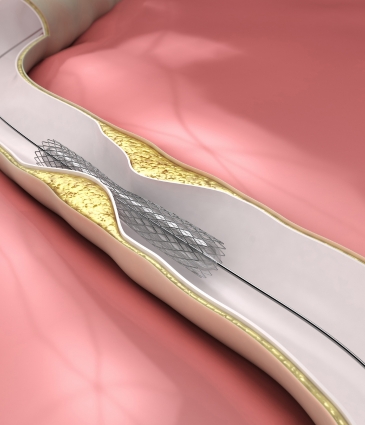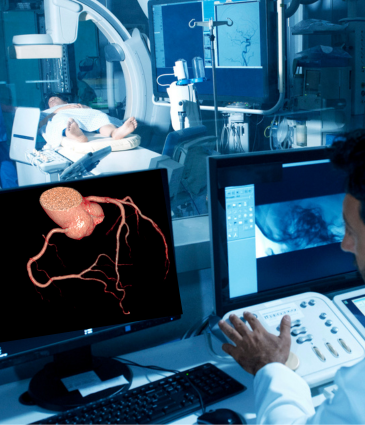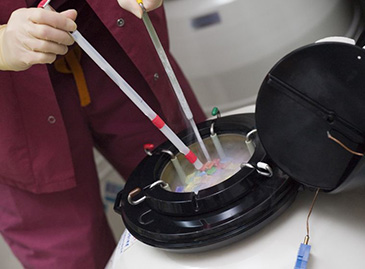
When is a coronary angioplasty required?
Is a way to open blocked arteries and restore blood flow to the heart without surgery. A tiny tube called a catheter is inserted into an artery in the groin, wrist, or arm. This tube is then guided to the blocked artery, where a small balloon attached to it is inflated to widen it. A mesh stent is sometimes placed to open the artery and prevent future blockages.
When is Angioplasty Necessary?
Blocked or Narrow Arteries:
Angioplasty is done to open arteries that have become narrowed due to plaque buildup. When arteries are too narrow, blood flow to the heart is restricted, increasing the risk of heart attacks and causing chest pain, known as angina.
Hard-to-Treat Atherosclerosis:
If lifestyle changes and medications aren't enough to treat blockages effectively, angioplasty may be recommended to prevent further complications.
Chest Pain:
Angioplasty might be needed for patients experiencing chest pain, mainly if it's caused by reduced blood flow to the heart.
Benefits of Angioplasty
Non-Surgical and Minimally Invasive:
Angioplasty doesn't require major surgery and involves only a tiny incision, leading to quicker recovery times than traditional surgery.
Quick Procedure:
Angioplasty can be done swiftly, which is crucial when the heart lacks oxygen. Acting fast can save heart tissue and improve patient outcomes.
Reduces Future Risks:
Angioplasty clears current blockages and helps decrease the chances of future blockages, reducing the risk of potentially fatal heart attacks.
Conclusion
Coronary angioplasty is a valuable procedure for opening blocked arteries and restoring blood flow to the heart. Knowing when necessary can help patients and healthcare providers make informed decisions about treatment options.
With its non-surgical approach, quick procedure time, and potential to reduce future cardiac risks, angioplasty offers significant benefits for individuals with coronary artery disease.
- Addiction ( 25 )
- Bariatric ( 2 )
- Cardiology ( 10 )
- Check up ( 37 )
- Ear Nose & Throat ( 1 )
- Eye Care ( 2 )
- General Surgery ( 2 )
- Gynecology ( 6 )
- Hematology ( 2 )
- IVF ( 18 )
- Neurosurgery ( 5 )
- Oncology ( 10 )
- Orthopedics ( 7 )
- Physiotherapy ( 1 )
- Plastic & Beauty ( 7 )
- Stem Cells & Longevity ( 18 )
- Transplantation ( 4 )
- Urology ( 7 )







